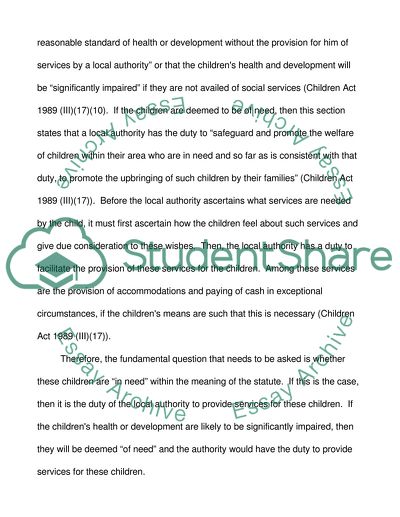Cite this document
(Cares and Disabled Children Act Case Study Example | Topics and Well Written Essays - 4000 words, n.d.)
Cares and Disabled Children Act Case Study Example | Topics and Well Written Essays - 4000 words. Retrieved from https://studentshare.org/law/1745396-law-for-social-work
Cares and Disabled Children Act Case Study Example | Topics and Well Written Essays - 4000 words. Retrieved from https://studentshare.org/law/1745396-law-for-social-work
(Cares and Disabled Children Act Case Study Example | Topics and Well Written Essays - 4000 Words)
Cares and Disabled Children Act Case Study Example | Topics and Well Written Essays - 4000 Words. https://studentshare.org/law/1745396-law-for-social-work.
Cares and Disabled Children Act Case Study Example | Topics and Well Written Essays - 4000 Words. https://studentshare.org/law/1745396-law-for-social-work.
“Cares and Disabled Children Act Case Study Example | Topics and Well Written Essays - 4000 Words”, n.d. https://studentshare.org/law/1745396-law-for-social-work.


